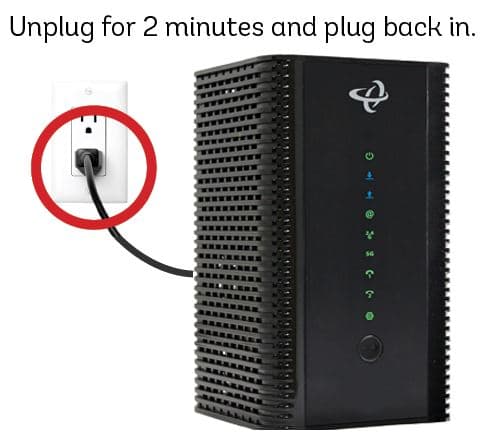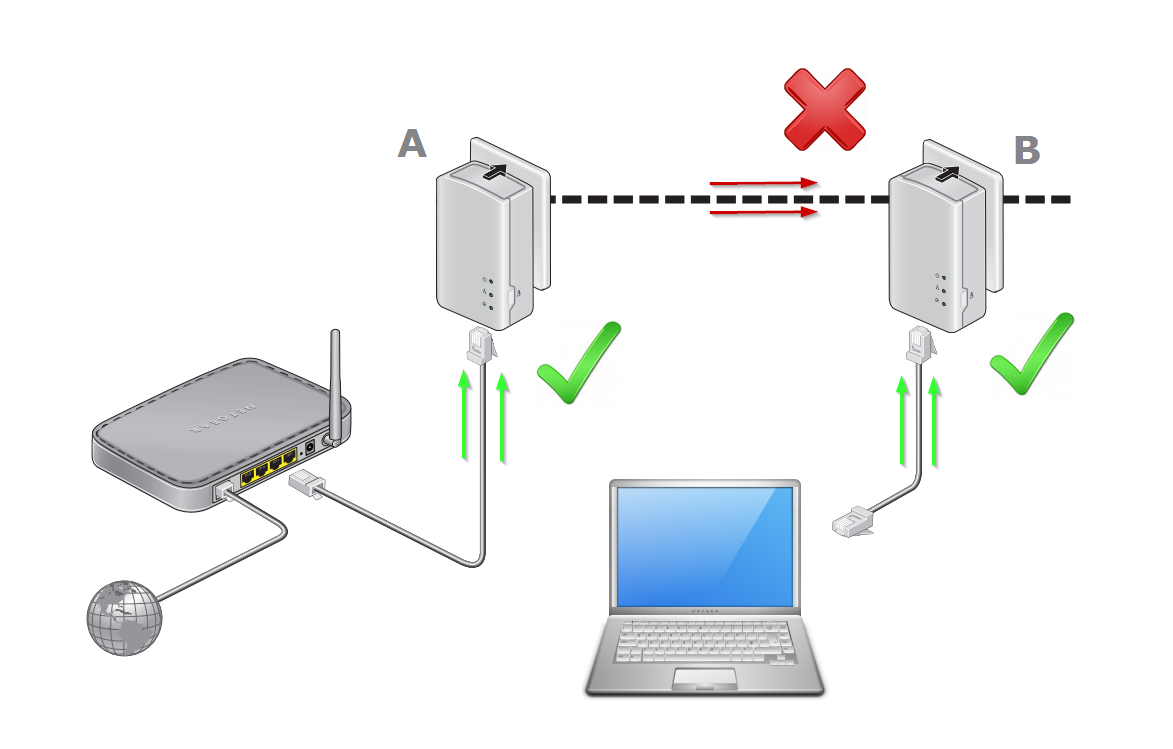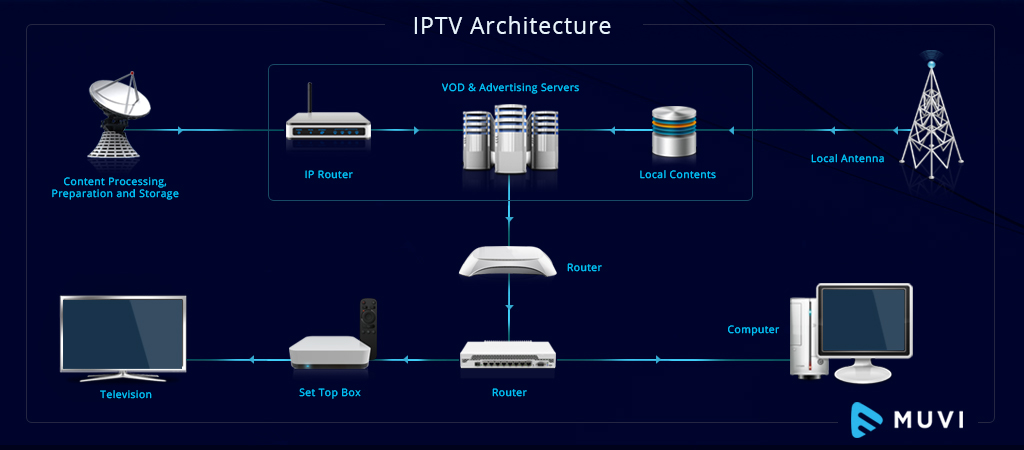In the ever-evolving landscape of telecommunications and cable management, lace and hoisting grips have emerged as critical components for ensuring secure and efficient installations. As we delve into 2024, these technologies have undergone significant advancements, offering improved performance, durability, and versatility. This comprehensive guide explores the cutting-edge developments in lace and hoisting grips, providing industry professionals with essential insights into their applications, standards, and future trajectories.
Technological Advancements in 2024
The year 2024 has ushered in remarkable innovations for lace and hoisting grip technologies:
Advanced Materials
- Integration of high-tensile synthetic fibers and advanced metal alloys
- Development of self-healing polymers for increased durability
- Carbon fiber composites offering enhanced strength-to-weight ratios
Smart Features
- Embedded IoT sensors for real-time load monitoring and strain detection
- RFID tags improving inventory management and traceability
Ergonomic Designs
- Improved grip patterns facilitating easier handling and installation
- Lightweight constructions reducing worker fatigue during prolonged use
These advancements have significantly improved the overall performance and reliability of lace and hoisting grips, meeting the demands of modern telecommunications infrastructure.
Industry Standards and Compliance
Adherence to evolving industry standards is paramount for ensuring safety and reliability. Key standards and regulations for 2024 include:
- NFPA 70E (2024 Edition): Updated safety protocols for electrical installations
- ANSI/TIA-222-H: Structural standards for antenna supporting structures
- IEEE 1547-2024: Interconnection and interoperability of distributed energy resources
Compliance Requirements
- Regular testing and certification of grip strength and load capacity
- Comprehensive documentation of material composition and manufacturing processes
- Mandatory training programs for proper installation and maintenance techniques
Staying abreast of these standards is crucial for manufacturers and users alike to ensure optimal safety and performance in the field.
Performance Metrics and Benchmarks
Understanding the performance capabilities of lace and hoisting grips is essential for proper selection and application. Key metrics for 2024 include:
Load Capacity
- Standard lace grips: Up to 1250 kg
- Heavy-duty hoisting grips: Exceeding 2000 kg
Temperature Range
- Operational range: -40°C to +85°C
- Extended range options available for extreme environments
Corrosion Resistance
- Salt spray testing: >1000 hours for marine-grade options
To illustrate the differences between lace and hoisting grips, let’s examine a comparison table:
| Feature | Lace Grips | Hoisting Grips |
|---|---|---|
| Flexibility | High | Moderate |
| Installation Time | Longer | Quick |
| Adjustability | Highly adjustable | Limited adjustability |
| Load Distribution | Even distribution | Concentrated at attachment points |
| Reusability | High | Moderate |
| Typical Applications | Varied cable sizes, mid-span installations | Specific cable sizes, end-point installations |
| Cost | Moderate | Lower |
| Skill Required | Higher | Lower |
This comparison highlights the unique strengths of each grip type, enabling professionals to make informed decisions based on specific project requirements.
Applications Across Various Sectors
Lace and hoisting grips find applications in diverse industries:
Telecommunications
- 5G network installations and upgrades
- Fiber optic cable management in urban and rural environments
Construction
- Temporary support structures for suspended ceilings
- Elevator cable installations in high-rise buildings
Energy Sector
- Offshore wind turbine cable management
- Solar panel array wiring support
Aerospace
- Aircraft wiring harness installations
- Satellite component assembly and testing
The versatility of these grips makes them indispensable across a wide range of critical infrastructure projects.
Installation Techniques and Best Practices
Proper installation is critical for maximizing the effectiveness of lace and hoisting grips. Key steps include:
- Cable preparation: Thorough cleaning and inspection of the cable surface
- Grip selection: Choosing the appropriate size and type for the specific application
- Positioning: Precise alignment of the grip along the cable length
- Lacing (for lace grips): Following the manufacturer’s lacing pattern meticulously
- Tension application: Gradual increase of tension to prevent sudden loads
- Final inspection: Verification of secure attachment and proper load distribution
Best Practices
- Regular training and certification for installation personnel
- Utilization of torque-limiting tools to prevent over-tightening
- Implementation of quality control checks at critical installation stages
Adhering to these practices ensures optimal performance and longevity of lace and hoisting grip installations.
Market Analysis and Leading Manufacturers
The global market for lace and hoisting grips is projected to reach $1.5 billion by 2025, with a compound annual growth rate (CAGR) of 6.5%. Key market drivers include:
- Rapid expansion of 5G networks worldwide
- Increasing demand for renewable energy installations
- Growth in smart city infrastructure projects
Leading Manufacturers
- TXM Manufacturing: Renowned for innovative lace-up designs
- Talley: Offers a comprehensive range of cable grip solutions
- Andrew Commscope: A leader in telecommunications equipment
Market Share Distribution
- North America: 35%
- Europe: 28%
- Asia-Pacific: 25%
- Rest of the World: 12%
This data underscores the global importance and growth potential of the lace and hoisting grip market.
Cost Considerations and ROI
When evaluating lace and hoisting grips, consider the following cost factors:
- Initial purchase price: $50 to $150 per unit
- Installation labor costs: Varies by complexity and location
- Maintenance and replacement frequency: Typically every 3-5 years
- Potential downtime costs due to failure: Can exceed $10,000 per hour in critical applications
ROI Calculation Example
For a telecommunications company investing in high-quality lace grips:
- Investment: $10,000 (including purchase and installation)
- Annual savings from reduced maintenance: $5,000
- Lifespan: 5 years
ROI = (($5,000 * 5) – $10,000) / $10,000 = 150%
This demonstrates the potential for significant returns on investment in quality lace and hoisting grip solutions, emphasizing their long-term value.
Environmental Impact and Sustainability
As sustainability becomes increasingly important, manufacturers are focusing on reducing the environmental impact of lace and hoisting grips:
- Incorporation of recycled materials in grip construction
- Development of biodegradable lacing materials
- Implementation of take-back programs for end-of-life products
Carbon Footprint Reduction Strategies
- Lightweight designs reducing transportation emissions
- Extended product lifespans decreasing replacement frequency
- Energy-efficient manufacturing processes
These initiatives align with global efforts to reduce the environmental impact of telecommunications infrastructure.
Future Outlook and Emerging Trends
The future of lace and hoisting grips is closely tied to broader technological advancements:
AI-powered Installation Assistance
- Augmented reality guides for optimal grip placement
- Machine learning algorithms for predictive maintenance
Advanced Materials Science
- Graphene-enhanced composites for ultra-high strength
- Shape-memory alloys for adaptive grip configurations
Integration with Smart Infrastructure
- 5G-enabled grips for real-time monitoring and data transmission
- Blockchain-based systems for secure product authentication and tracking
These emerging trends promise to revolutionize the efficiency, reliability, and intelligence of cable management systems.
Conclusion
As we navigate the complex landscape of cable management and installation in 2024, lace and hoisting grips continue to play a pivotal role in ensuring the reliability and efficiency of critical infrastructure. By staying informed about the latest advancements, industry standards, and best practices, professionals can make informed decisions that optimize performance, reduce costs, and contribute to sustainable development. As technology continues to evolve, we can expect even more innovative solutions that will shape the future of telecommunications and beyond.





